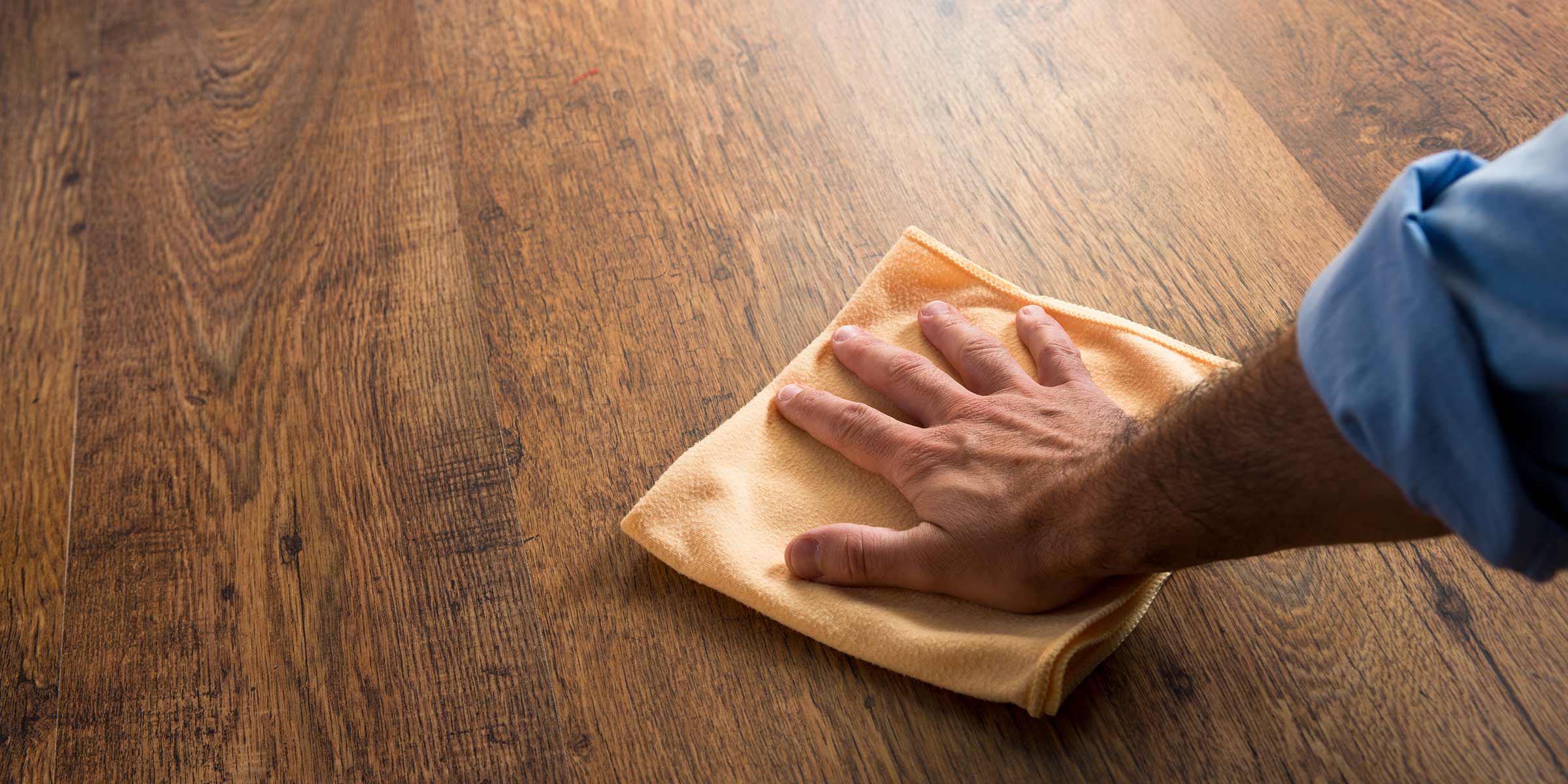When compared with hardwood alternatives, engineered wood flooring is not only simpler to install, more durable, and better for the environment, but is also easier to maintain.
All flooring types, from real wood to laminate, will require some level of care in order to last, so we have put together a useful guide to help keep your floors looking brand new.
Initial Prevention Techniques to Consider
Engineered wood flooring is known for its robustness, but as with all real wood floors, the surface planks will start to show scratches and dents from heavy foot traffic and general wear and tear.
Here are some prevention measures:
1. Multiple Doormats
Our shoes have a tendency to track in all sorts of dirt and debris from outside. This can be especially damaging in areas of high foot traffic, such as entrance halls, where unclean shoes will tread in unwanted debris, such as sand and gravel, which can cause irreparable scratches.
Investing in a good quality doormat is the best place way to keep unwanted debris, such as sand and gravel, from wreaking havoc on your engineered wood flooring.
2. Soft Furniture Pads
Heavy furniture should already have wide footing for better stability and weight distribution. But items such as chairs and some tables are more transient, and are pulled out or moved around the house regularly. Those with thinner legs can cause dents and scuffs on the surface of your engineered wood flooring.
To prevent this, we recommend applying soft protective pads to the bottom of chair and table legs. Foam or rubber work nicely, but try to avoid metal alternatives – although they are hard-wearing, they run the risk of damaging your floors more when dragged across them.
3. Light vs Dark Wood
If you are yet to choose a type of engineered wood flooring, and would prefer a solution with minimal hassle, we recommend opting for darker wood finishes. Lighter woods, though stylish and attractive, tend to show their wear and tear more so than darker variations.
Both are equally durable and resistant to damage, however, but we have found darker woods require less regular maintenance. Something to keep in mind for homes with children or pets.
Maintaining Your Engineered Wood Flooring
With the right level of care, your engineered wood flooring will look and feel great for years to come.
Cleaning Oiled and Lacquered Flooring
We apply oils and lacquers to our engineered wooden floors to bring out their natural beauty and give the lamella a protective and moisture-resistant layer.
However, be careful when using potent stain removers or vigorous scrubbing methods, as this can cause wear and discolouration. For more information, we have in-depth maintenance guides available that detail how best to care for your engineered wood floor finishes – including lacquer, hardwax, UV, and natural oil.




